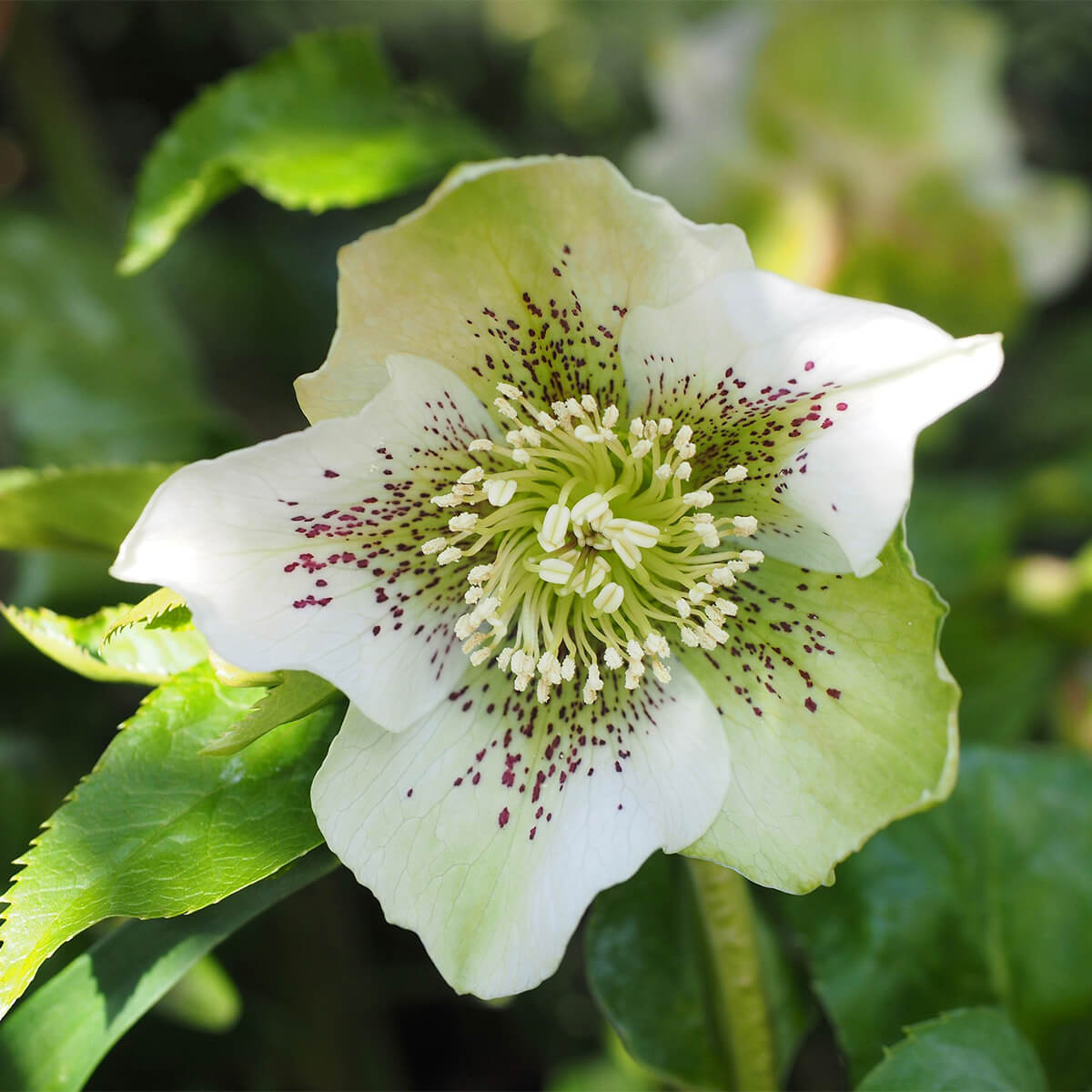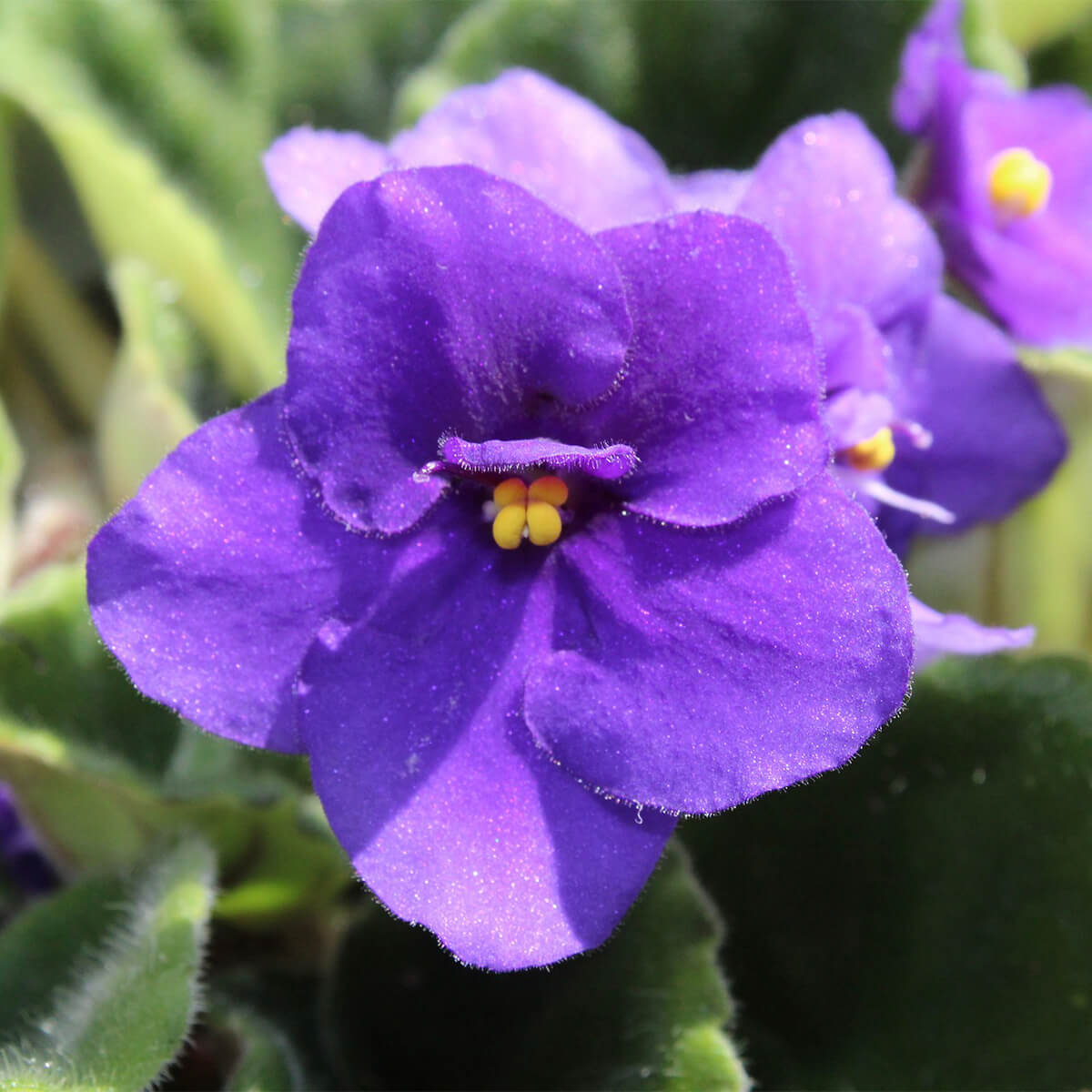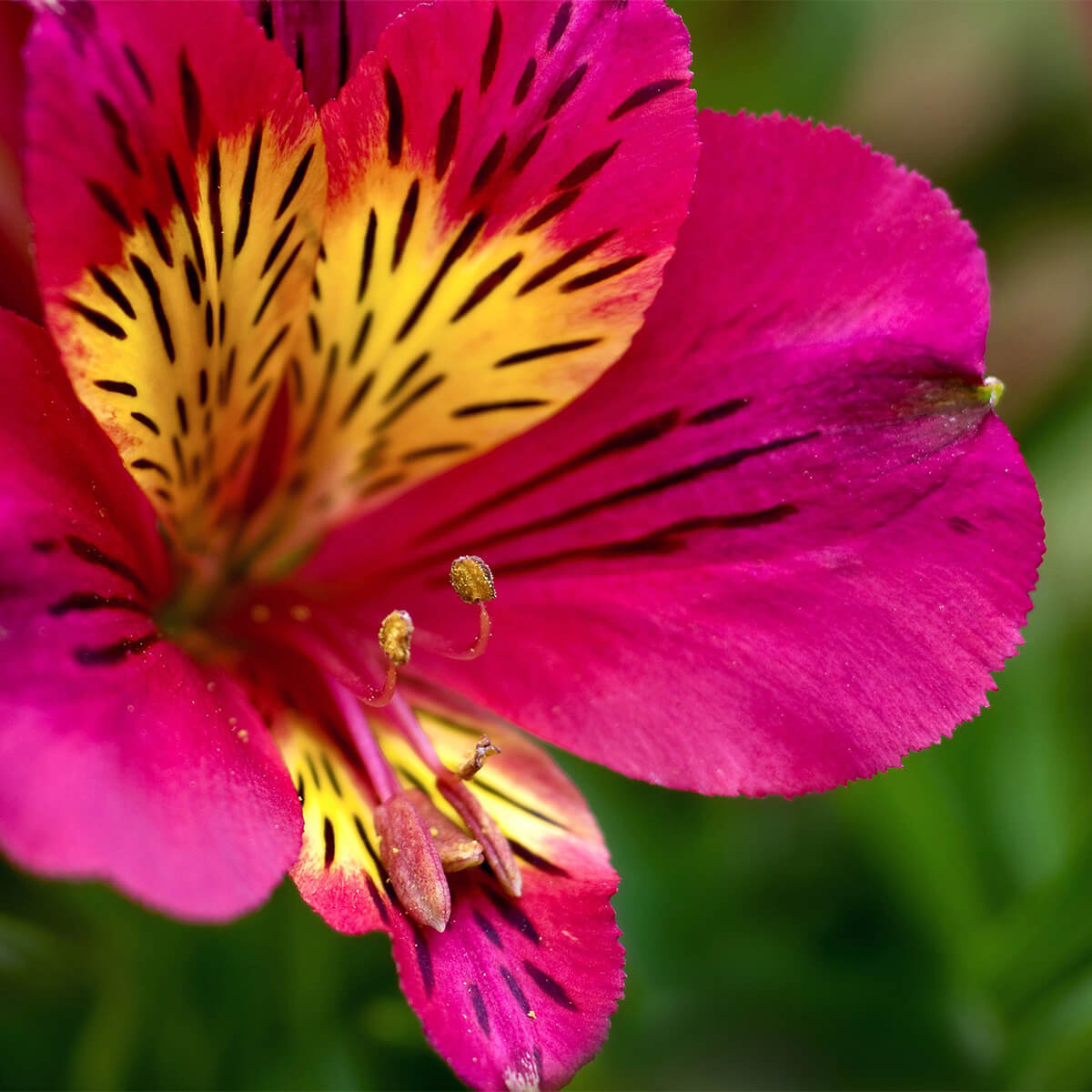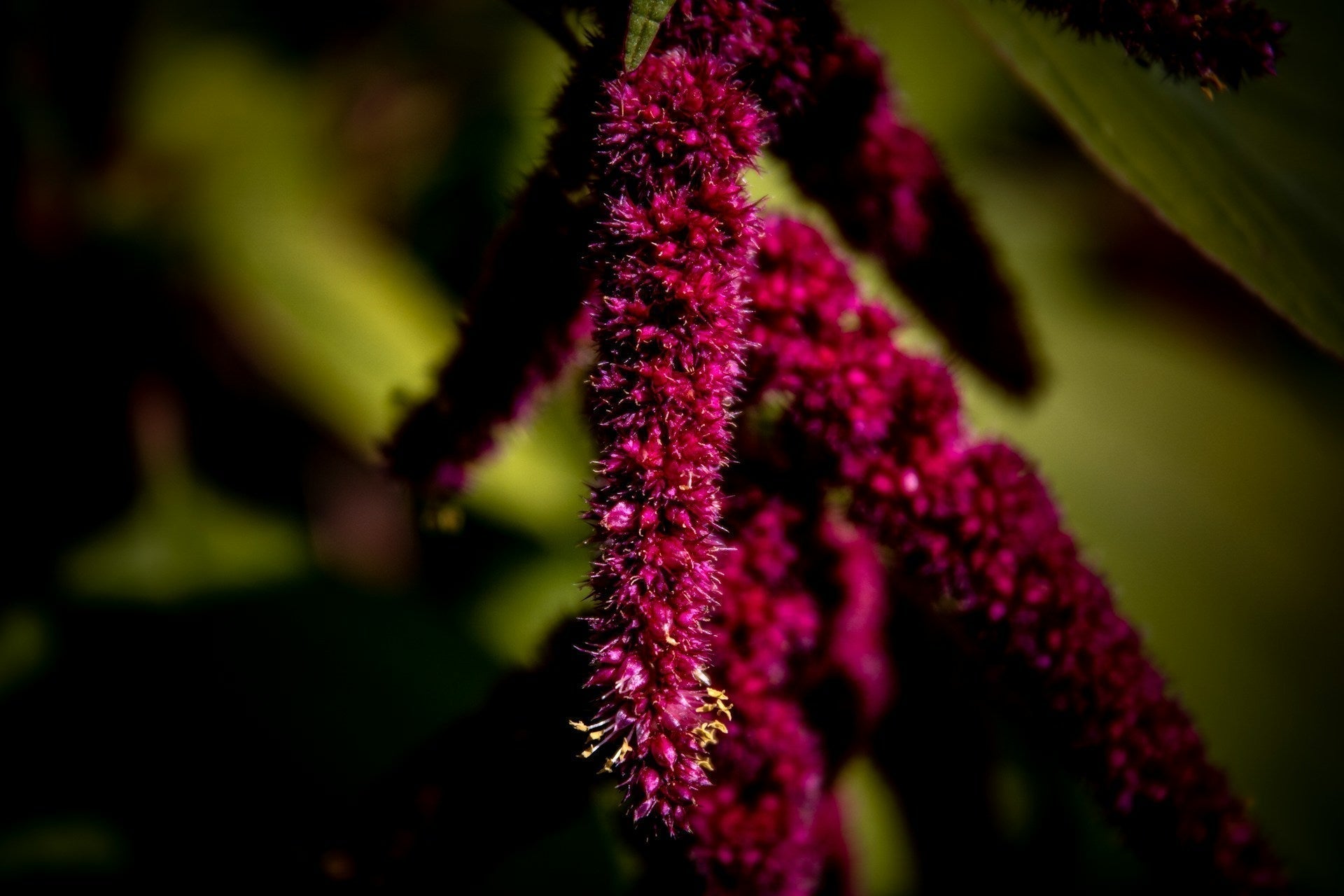Hellebores – Helleborus niger
Symbolism: Hellebores carry a dual symbolism. They represent peace, serenity, and tranquility, but also scandal and anxiety.
Hellebores have a rich history in Greek mythology and legends, and have long been associated with healing, protection, and transformative powers.
Description: Hellebores, also known as Christmas roses, are vibrant, luxurious, wild, and exquisite. They are characterized by their saucer-shaped white, green, purple, or occasionally bright pink flowers. Several species of the Helleborus genus are poisonous to mammals.
Named after: The flower’s scientific name, Helleborus, may derive from the ancient Greek word helléboros, constructed from heleîn, meaning "to injure") and borá, meaning "food."
Latin/Scientific name: Helleborus niger
Native to: Eastern Alps, spreading through Germany (primarily Bavaria), Austria, Switzerland, Italy, and the Northern Balkans
Flowering period: From late November until spring, depending on species or hybrid
Vase life: 3 to 7 days
Popular use in floral arrangements or bouquets: Hellebores are often used in floral arrangements as a funky element or special texture flower.
When in stock in our shops: Sporadically. We carry both cut and potted Hellebores as part of our indoor flowering plant collection, when they are in season.
Potted plant care
Light
-
Place your potted hellebore plant in a location that receives bright, indirect sunlight.
-
Hellebores prefer partial shade, especially in hot climates.
Soil
-
Use a well-draining potting mix that is rich in organic matter, such as compost or peat moss.
-
Hellebores prefer slightly acidic soil with a pH between 6.0 and 7.0.
Water
-
Water your hellebore plant when the top inch of soil feels dry to the touch.
-
Water the plant thoroughly until water runs out of the drainage holes in the bottom of the pot.
-
Avoid overwatering as it can cause root rot.
Temperature & Humidity
-
Hellebore plants prefer cool temperatures (55-68°F, 13-20°C).
-
They can tolerate dry indoor air, but prefer a humid environment.
-
Placing a tray of water near the plant or using a humidifier can help maintain adequate humidity levels.
Feeding
-
Fertilize your hellebore plant in the spring with a slow-release fertilizer.
-
Avoid fertilizing during the winter months when the plant is dormant.
Transitioning Indoors to Outdoors
-
Hellebore plants are typically grown outdoors in the ground, but they can also be grown in containers.
-
If you decide to transition your hellebore plant from indoors to outdoors, do so gradually to avoid shock.
-
Start by placing the plant in a shaded outdoor area for a few hours a day and gradually increase the exposure to sunlight over time.
-
Ensure the outdoor soil is well-draining to prevent waterlogged conditions.







